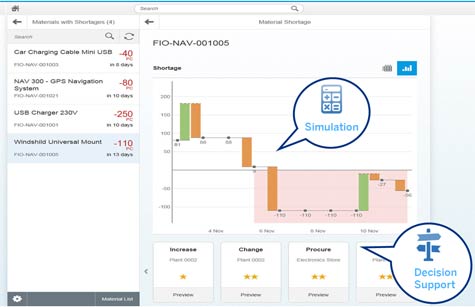After years of effort, SAP is starting to show some early gains in terms of getting customers to run SAP software on top of the SAP HANA in-memory computing platform.
At the SAP TechEd Barcelona conference today, SAP released an update to SAP Business Suite 4 SAP HANA that adds a range of new features that are primarily focused on optimizing manufacturing processes.
Uwe Grigoleit, global head of business development for strategic innovations at SAP, says over 1,300 customers are now running SAP Business Suite 4 SAP HANA. But despite the existence of a cloud implementation of SAP Business Suite 4 SAP HANA that is managed by SAP, Grigoleit says the vast majority of the instances of SAP Business Suite 4 SAP HANA are running on premise.
Meanwhile, SAP yesterday at a separate SAP SME Summit also announced that SAP Business One, an ERP application aimed at small to medium-sized enterprises, is now also available on HANA as a cloud service managed by SAP. SAP also announced that it has sold its 50,000th license of SAP Business One, the vast majority of which currently run on premise.
SAP also offers an SAP Business All-in-One ERP software, an SAP ByDesign cloud service, and shortly in the U.S. an SAP Anywhere service that all provide subsets of ERP functionality to everything from small business to mid-sized enterprises. The ultimate end goal is to get all these applications running on HANA to create a common data plane in the cloud, through which organizations can upgrade those applications as they grow over time without having to actually move any data.
In fact, SAP claims that it has some 244,600 SME customers, which represents roughly 80 percent of its installed base. SAP also forecasts that on a global basis, some 65 million SMEs will spend roughly $609 billion on IT in 2016. For that reason, SAP says it is doubling down on SME customers in 2016.
The degree to which SAP can compete in the SME sector against rivals that are also aggressively moving into the cloud remains to be seen. But the one thing that is for certain is that SAP has a lot more riding on what happens in and out of the cloud in the SME sector over the next decade than the traditional enterprise IT organizations that SAP is best known for serving.




